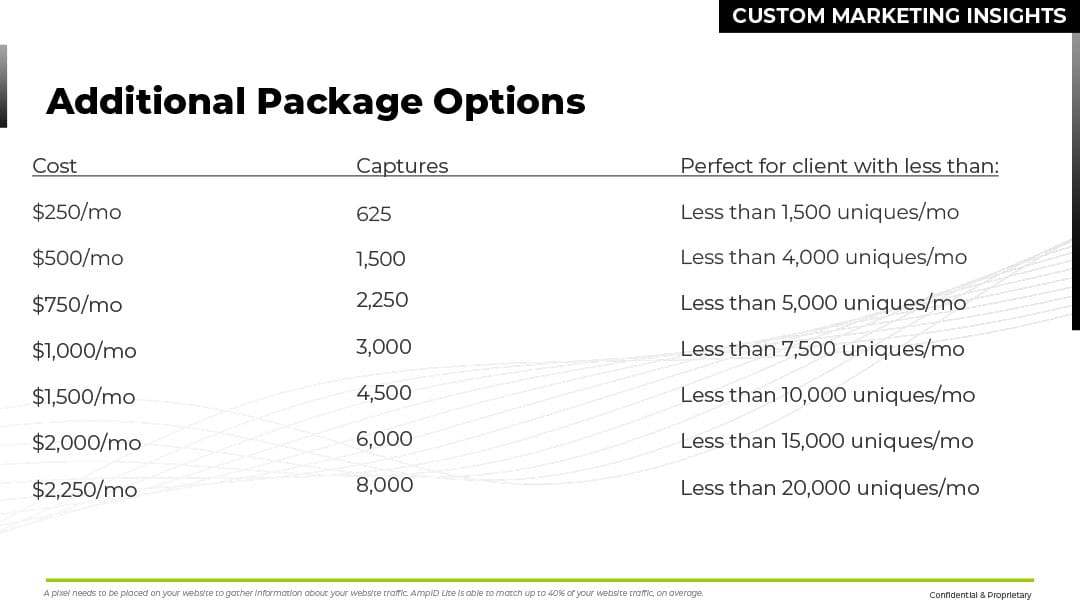Consumers Control the Conversation
Social networks like Facebook, Twitter, Google+ and Foursquare have dramatically changed the way businesses communicate compared to traditional media. A reputation today is more about what customers say about a business and less about what a business says about itself.
Review sites are a two-way conversation favoring the consumer—businesses can no longer broadcast the message they want people to see. There is a democratic nature to reviews; brands, consumers and trolls having an equal voice in a shared space. Customers can rave about a business or let everyone know they had a terrible experience. Earned media—like mentions, reviews and shares—has empowered consumers to advocate for brands they care about. Today, consumers can converse with brands and vice versa. This has created a world of opportunities.
Though some people think of monitoring their reputation as a scary chore or a daunting task, instant feedback is something most business owners are constantly searching for. Responding effectively to negative reviews and amplifying positive feedback is essential for success. Not responding to customers on review sites and social media is worse than having a phone line that goes unanswered, because there are thousands of people witnessing the neglect.
How to Respond to Positive Reviews
You can teach businesses how to respond to a bad review, but what about a good one? Many of the principles remain the same—be courteous, thank the reviewer and take some time to develop a thoughtful response. But, there are some key differences.
Here are a few things you should know about responding to positive reviews:
Cars.com recently conducted a study of 10,000 randomly selected automotive dealership reviews on their site. It showed that dealers who responded to ALL reviews, not just the negative ones, received the highest ratings and were the most popular.
Share the review.
Put those babies to work. Of course I’m not advocating child labor, we’re talking about reviews, silly. These are testimonials for the digital age, and if you ask me, more compelling than an infomercial (though I have a Magic Bullet in my cupboard). It only makes sense to use good reviews for marketing. Customer experience is marketing, and with the number of consumers who search for a business before they ever even enter it still on the rise, this has never been more true.
Determine what’s of value.
A restaurant owner—Zadie— might think that the best thing on her menu is the poutine, but what if every review talks about the beaver tails? Well, maybe she should start pushing these in her marketing a little, it’s obviously what consumers want. Or, it could be an indication that not enough people know about the poutine, and Zadie might want to offer consumers a special. Regardless of how it works, business owners are often very close to their work and can struggle to recognize what consumers really like. Reviews are the no-nonsense way to decipher the true customer experience.
Get personal.
Did the reviewer mention something specific about the business? Without letting the comment get too long, share a personal anecdote or offer a shared opinion. If the reviewer loves the decor in your office, thank them and tell them where the inspiration comes from. Acknowledging particular points from the review ensures the author that you read, understood and internalized their feedback.
Commend staff if they are mentioned explicitly.
We’re always being told how important customer service is, and our data reinforces that notion. In our database of over 1.6 million online reviews, the words “service,” “friendly” and “rude” appear in 40% of reviews. It’s clear that customer service is essential in setting a business apart, so reward staff who go the extra mile to make the company extra special. The ones who would walk 500 miles… then 500 more…etc. Lauding staff that exceeds expectations is good for morale and will help perpetuate the good service.
Ask for reviews.
The average number of reviews written about the typical business has increased each year. While that is good news for companies promoting themselves through reviews and review sites, the average business still doesn’t receive many reviews per year. The best way to get more? Ask! This can be done in many different ways, depending on the structure of the business—at the till on the way out, a follow up email, a sticker in the window or automated software. We’ll dig more into that next. When a company’s got a good thing going, it always pays to keep the ball rolling.
How to Respond to Negative Reviews
 Just as Einstein says, every business is likely to receive the odd bad review—we just can’t all be on our A-game all the time. A bad review can even be good for business, if the company responds appropriately and sprinkles a little marketing magic on it.
Just as Einstein says, every business is likely to receive the odd bad review—we just can’t all be on our A-game all the time. A bad review can even be good for business, if the company responds appropriately and sprinkles a little marketing magic on it.
It may be hard to see it as such, but negative reviews can be a gift. For every customer who complains, 26 others remain silent.15 That means if a business gets a bad review, there could be dozens of other people who had the same experience and aren’t saying anything.
As a business owner, you generally crave public feedback, so what could be better than receiving quick criticism from someone who has tried the business? Of course, there will always be trolls and people that are just unpleasable. No matter how great you are doing, there will always be a few people who wish the soup was soupier, the rooms were roomier, or the cave was just slightly less cavernous. If you keep that in mind, negative reviews can start to feel a lot less like a kick in the gut, and a lot more like what they really are: a great source of feedback. That defensive feeling? Shake it off. Haters gonna hate. But, negative reviews can alert business owners to problems they didn’t know about.
Here are a few things to remember when responding to negative reviews:
Take some time to respond.
Not a lot of time, you want people to be able to rely on your quick response, but make sure you don’t react purely on emotion. It is hard not to take a bad review as a personal attack, because business owners care so much about their company. While you want to ensure you don’t let your emotions take charge, it’s important to write with sincerity. Responders can make the situation worse by sounding sarcastic or disingenuous.
Be kind and genuine.
While you are responding to one person, and your response should come across that way, remember that the audience is potentially much larger and
far-reaching. Not only will other people who visit the review site see the response, but it’s possible those people could share the review and response with their own networks.
Be specific.
If a customer mentions something in particular about your business, use that in your reply. Not only does this demonstrate that you are not a robot, but it makes the complainant feel heard and understood. Remember that feedback and criticism can be helpful. This reviewer has taken the time to invest in the business in an attempt to make it better—thank them (even if you don’t agree with them). Business owners are always looking for a way to understand the customer experience, and there is no better way than a review. The reviewer may have a relevant point about the business, so it’s important to consider the content without going on the defensive. If each negative review says that Zoe is the worst, maybe Timmy needs a talking to. Or a firing.
Offer to take the conversation offline.
You would never want to have a less than pleasant dialogue with an unhappy customer in a physical store with other customers around, so why would you do it in front of more watching eyes online? Offering a phone number and a way to connect privately ensures the reviewer that you want to fix the situation for them, not just for the digital audience. Also, if you decide to offer a free or discounted service to make up for the bad experience, it’s best not to do this in front of other customers and potential customers—that might encourage bad reviews to get free stuff. You know who loves free stuff? Me. And everyone else.
Do not ignore it. Ever!
Imagine that your company’s competitors were taking out ads saying how terrible they were and the business just chilled. The negative review may not be written by a competitor, but chances are, more relevant people will be reading the review than would be seeing an ad in traditional media. These people have already searched the business and are deciding on a purchasing decision. Make sure your business is part of the conversation going on about you,
online, every single day. Remember that the reviewer came into the business to give it a shot. Then they took some of their valuable time to offer feedback. It’s possible to turn a naysayer into a brand ambassador. People are not looking for perfection. And as Salvador Dali once said, “Have no fear of perfection—you’ll never reach it.” Consumers want to feel heard. They want to know a brand or local business is authentic.
Here is an example of a business who got it right, and were able to put a positive customer experience on a bad review.

This reply is the simplest and replicable. The manager gives a sincere-sounding apology, doesn’t argue the reviewer’s claims, and avoids throwing his staff under the bus. They provide contact information in the form of both a phone number and an email, giving the reviewer the ability to reply in a way that works best for them, as well as the ability to take the conversation out of the public eye.
Responding to reviews, positive and negative, are key elements of modern day customer service. Good customer service is good business.



